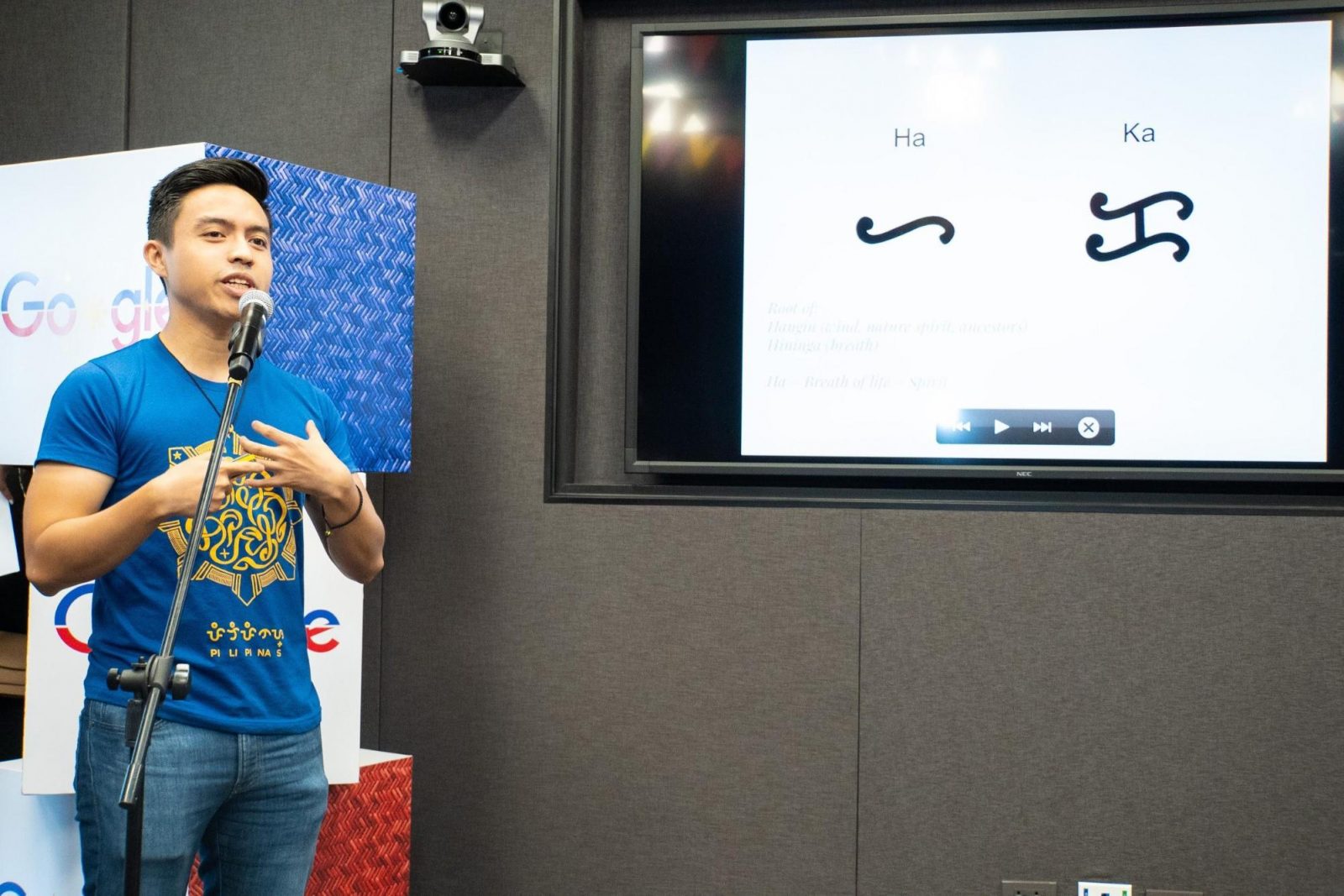By Annie Jean-Baptiste, Head of Product Inclusion, Google
MANILA, PHILIPPINES – Products and technology, when done correctly, have the potential to amplify people’s lives. But when certain underrepresented groups don’t have the same experiences, it can be alienating. As a Haitian-American, left-handed woman, I’ve experienced when a social media filter automatically lightens my skin tone, or held products that were made for right handed people. I’ve experienced trying to take a photo and having members of my family not show up, or seen products not understand the accents of my friends.
These kinds of scenarios have made me ask “who else?”. The Philippines is one of the most ethnically diverse countries in Southeast Asia, with 11 to 12 percent of the population composed of 11.3 million indigenous people. There are also approximately 171 languages native to the country.

The lack of representation for the culture and language of these communities in digital products, services, and mainstream media is a critical issue that needs to be addressed.
“Who else needs to be included in the product design process? Who else do we need to involve and collaborate with?” We need to ask these questions for two reasons – to ensure that the product works for everyone, but also that businesses are making the most of their potential. At Google, we believe that diverse perspectives lead to innovation and better outcomes for everyone. And so it’s important that we are intentional when creating products — we need to start with equity in order to bring an inclusive lens to the design process.
When you are building a product or service for another person, it’s important to ensure that you’ve collaborated and co-created with underrepresented communities so that you are building for everyone, with everyone.
Google strives to make its technology to be more inclusive through a number of ways. For example, in the Philippines, Google Translate expanded its local source languages and included Cebuano in Word Lens–an instant camera translation feature within the Google Translate app. This update allows Cebuano texts to be easily translated into more than 100 languages and vice versa. Gboard also added the unique indigenous writing systems of Buhid, Hanunuo, Tagbanwa, and Baybayin to help preserve the country’s native scripts and raise awareness about their importance.
We’ve also actively proposed new emoji to help improve gender and racial representation in our emoji keyboard. Google Assistant will soon introduce new responses for abusive questions, in order to promote gender equity.
When we build inclusively, the outcome is better for everyone. As the world shifts and becomes even more diverse and globalised, it’s important to realise that your user or consumer may not look, act or think like you.
Here’s an excerpt from “Building for Everyone”.
Think about a time when you felt completely yourself. Maybe you were with family members or friends that completely accepted you, or you were performing a hobby that you enjoyed immensely and could lose yourself in. You felt at ease, devoid of judgment because you could shake any preconceived notions of who you are supposed to be… and just be.
Now, think about a time when you felt excluded or ignored. Have you ever shown up at a party or a new job only to discover that people weren’t particularly welcoming or eager to get to know you? How did that make you feel? At the end of the day, everyone wants to feel welcome in their relationships with their family members, their friends, their pets, and their colleagues.
When we don’t fit in or when products or services do not feel as though they were built for us, we feel excluded, frustrated, disappointed, or even upset. When a product or service seems to be designed for everyone but us, we can feel as though we were ignored or disregarded by those involved in the product design process. Our feelings can range from mere annoyance (“Whatever, I didn’t want to use this thing anyway”) to deep alienation or hurt (“I feel like this does not represent me or my community and what this represents is threatening”).
Knowing that we’ve all had an experience of being Othered (marginalised by a social group that considers itself superior) regardless of our background, it’s imperative that we don’t create that feeling in people who interact with our products, services, content, or customer service. When creating products, we want to avoid building anything, even unintentionally, that makes anyone feel this way. As designers, creators, engineers, user researchers and innovators, we want everyone to feel included. Isn’t that why we got into this work— to be able to create products, services, and content that shape the world for the better, that empower people to live richer lives, to experience things they haven’t with the people (or creatures) they love?
At the heart of this commitment is inclusion: everyone seeing themselves in the end result of a company’s work. People want to feel seen, heard, and considered; they want to feel that people like them matter to companies, that their unique backgrounds and perspectives are valued. It’s not enough to want to be inclusive. We must think and act with intent and deliberation. We must center inclusion at key points in the design, development, testing, and marketing processes to ensure that differences among users are considered and addressed.
An example of this is Google actively proposing new emojis to help improve gender and racial representation in our emoji keyboard. We recently proposed mixed skin tone support for 💏 ‘Kiss’ and 💑 ‘Couple with Heart’, which until now have been available in default yellow only. These are set to be available on major platforms including Android, iOS, Twitter, Facebook and more, soon.
The adage “Failing to plan is planning to fail” definitely applies when you’re designing for inclusion. Because thinking about diversity, equity, and inclusion in product design may be new to you or your team, having a solid plan that everyone understands and buys into is important.
When we are proactive about bringing inclusivity into key points in the product design process, we create better product outcomes for everyone. Innovation increases, new ideas surface, and we avoid alienating our leaving out users. Be intentional about bringing in the brilliant expertise of underrepresented groups, name exclusion and build for inclusion and equity. Remember that we must be humble, respect and elevate lived experiences and perspectives, and when we do that, we can create inclusive and equitable products that work for everyone.
ABOUT THE AUTHOR
Annie Jean-Baptiste
Head of Product Inclusion at Google

Annie is the Head of Product Inclusion at Google. This excerpt from Annie Jean-Baptiste’s latest book, Building for Everyone: Expand Your Market Design Practices from Google’s Product Inclusion Team, explains why and how organizations should be intentional about bringing the voices of underrepresented users into the product design process. Her book, Building for Everyone, is available now. Follow her on social media: @its_me_ajb.









